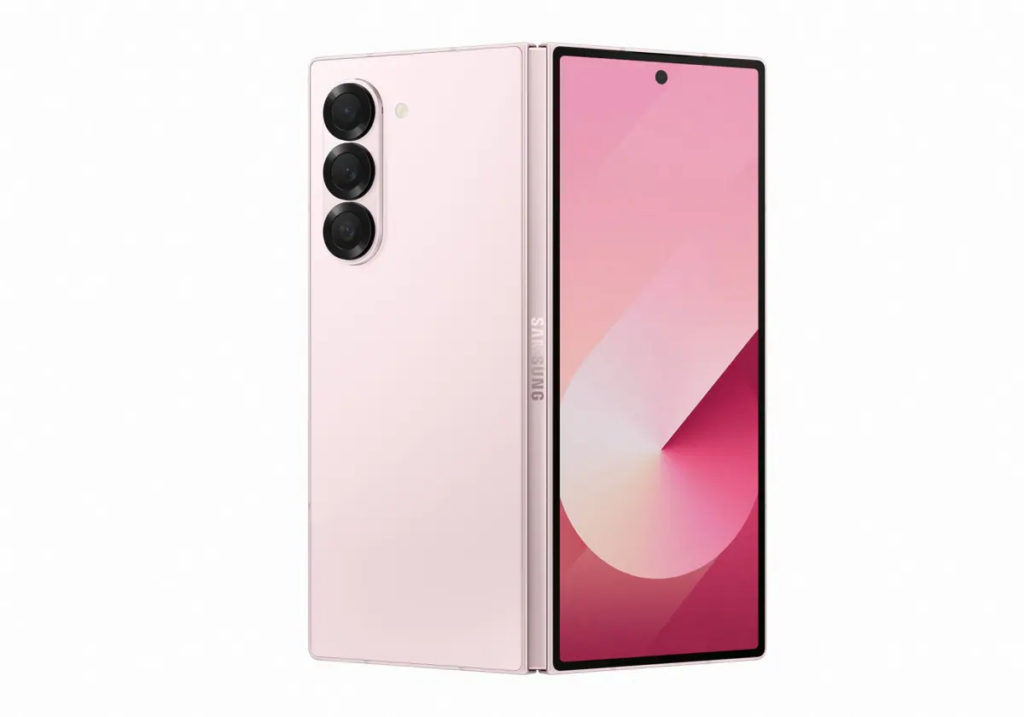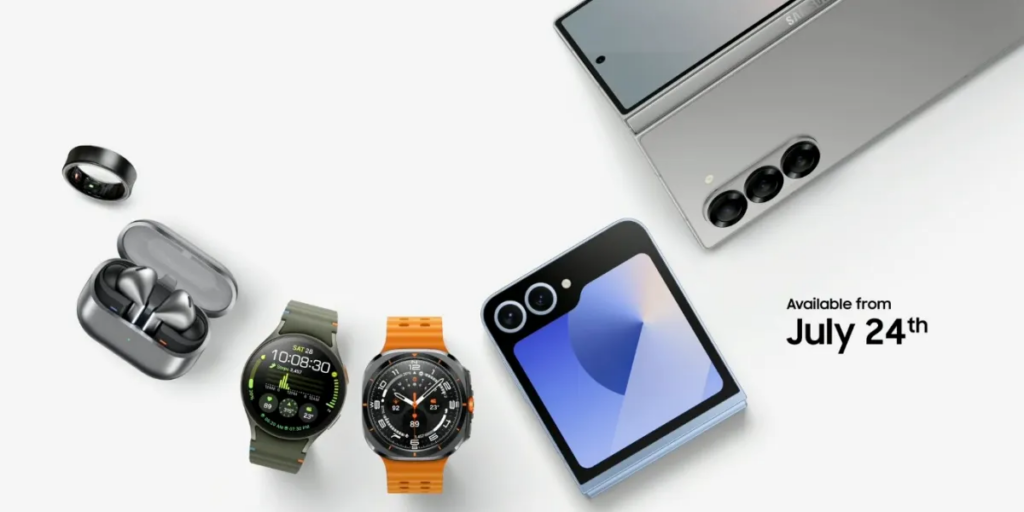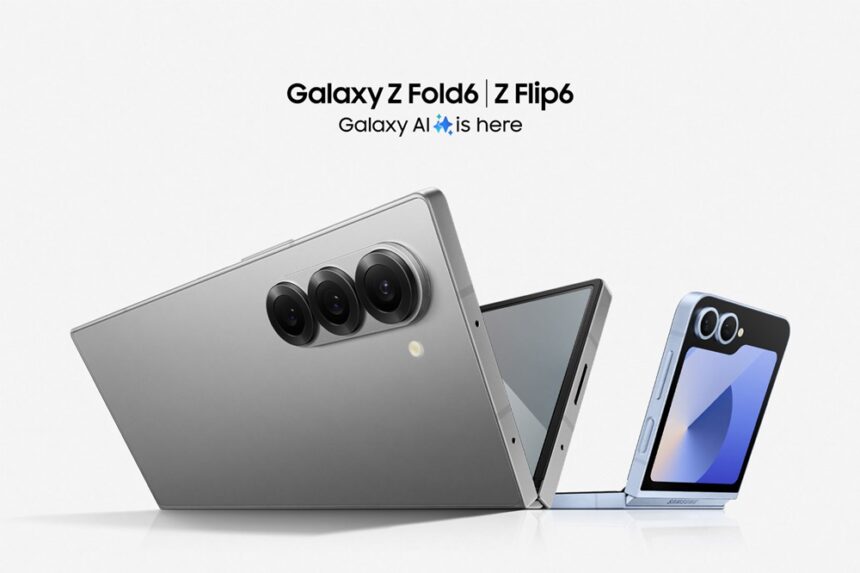Samsung unveiled its latest generation of foldable phones, which are set to attract traditional phone users with their advanced AI features. During the Unpacked event held in Paris, Samsung announced updates to its foldable devices, earbuds, and a new smart ring. The star attractions were the Galaxy Z Fold 6 and Galaxy Z Flip 6, which are now lighter, slimmer, and packed with AI tools. The event also showcased other innovations, but the foldables were the main focus.
What’s Happening & Why This Matters
Updated Foldable Phones
The Galaxy Z Fold 6 and Galaxy Z Flip 6 are the latest additions to Samsung’s lineup of foldable smartphones. The Galaxy Z Fold 6 opens outward like a book, transforming into a tablet with a 6.3-inch cover screen, slightly larger than the previous 6.2-inch screen. The Galaxy Z Flip 6 retains its clamshell design, reminiscent of early 2000s flip phones, and features a 3.4-inch Super AMOLED screen. It also boasts an improved camera system, including a 50MP wide lens and 12MP ultra-wide sensors.
Both devices are equipped with Qualcomm’s Snapdragon 8 Gen 3 processor, optimized for AI processing. The new Note Assist feature enables transcription, translation, and summarizing of voice recordings directly in Notes. Composer, another new feature, offers text suggestions for emails and social media apps based on keywords and previous posts. Google’s AI assistant Gemini is also integrated, providing help with writing or web searches via voice commands or gestures.

Pricing and Market Challenges
The new foldable phones are priced higher than their predecessors. The Galaxy Z Fold 6 starts at $1899.99 (€1755), while the Galaxy Z Flip 6 starts at $1099.99 (€1015), each $100 more than last year’s models. These devices are available in various colors, with the Fold 6 coming in silver, pink, and navy, and the Flip 6 in silver, yellow, blue, and mint.
Despite the higher prices, Samsung aims to maintain its dominance in the foldable market, which it currently leads with an 80-85% share. However, convincing consumers of the value of foldable devices remains a challenge. According to ABI Research, foldable phone shipments reached 20 million in 2023 and are expected to rise to around 28 million units in 2024, accounting for less than 3% of total smartphone shipments.
David McQueen, a research director at ABI Research, notes that while user experience with foldable devices has improved, the sector still needs to fully convince consumers of the benefits and functionality of foldable products. Samsung’s president and head of mobile experience, TM Roh, acknowledges that prices reflect component costs but may decrease as related technologies develop.
AI Integration
Samsung’s foldable phones incorporate advanced AI tools designed to enhance user productivity and overall experience. The Note Assist feature transcribes, translates, and summarizes voice recordings, while Composer provides text suggestions for emails and social media posts. Google’s AI assistant Gemini offers help with writing and web searches through voice commands or gestures. These generative AI features aim to improve productivity and make smartphones more than just entertainment devices.
TM Roh explains that AI is deeply integrated into Samsung’s Galaxy products, and the company offers a hybrid approach to privacy. Users can choose between on-device and cloud-based AI processing based on their preferences for privacy or performance. This flexibility allows Samsung to cater to different user needs, positioning its devices as AI-driven smartphones.
Beyond Foldables
In addition to its foldable phones, Samsung introduced other innovative products. The new smart ring, priced at $399.99 (€370) offers health monitoring features such as temperature measurement, sleep tracking, and personalized insights. The Galaxy Buds 3, starting at $179.99 (€165), includes an interpreter mode for real-time translation during lectures or meetings and new control functions for music playback. These devices demonstrate Samsung’s commitment to enhancing user experience through advanced technology.

TF Summary: What’s Next
Samsung’s integration of AI into its foldable phones is expected to drive user productivity and enhance the overall experience. As the foldable market grows, Samsung’s innovations may lead to wider adoption of these devices. Future developments could include further AI advancements and expanded functionality in wearable tech. Despite the higher prices, Samsung aims to maintain its market dominance and push technological boundaries. The success of these products will depend on consumer acceptance of foldable technology and the perceived value of the advanced features they offer.
Samsung’s focus on integrating AI into its devices is set to drive user productivity and enhance the overall experience. As the foldable market grows, Samsung’s innovations may lead to wider adoption of these devices. Future developments could include further AI advancements and expanded functionality in wearable tech.
— Text-to-Speech (TTS) provided by gspeech


